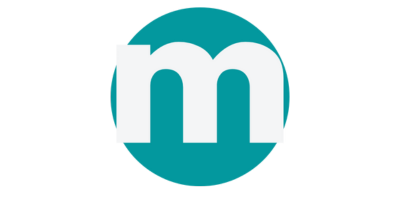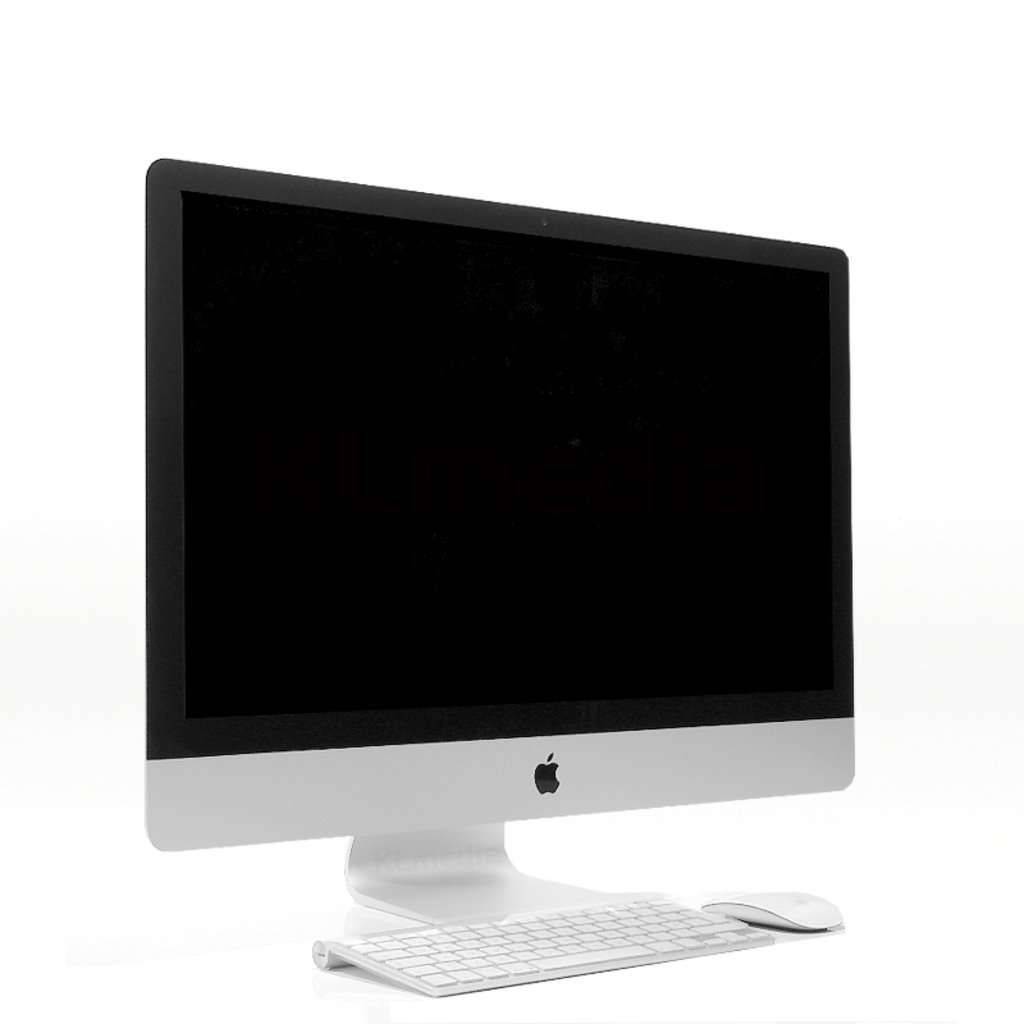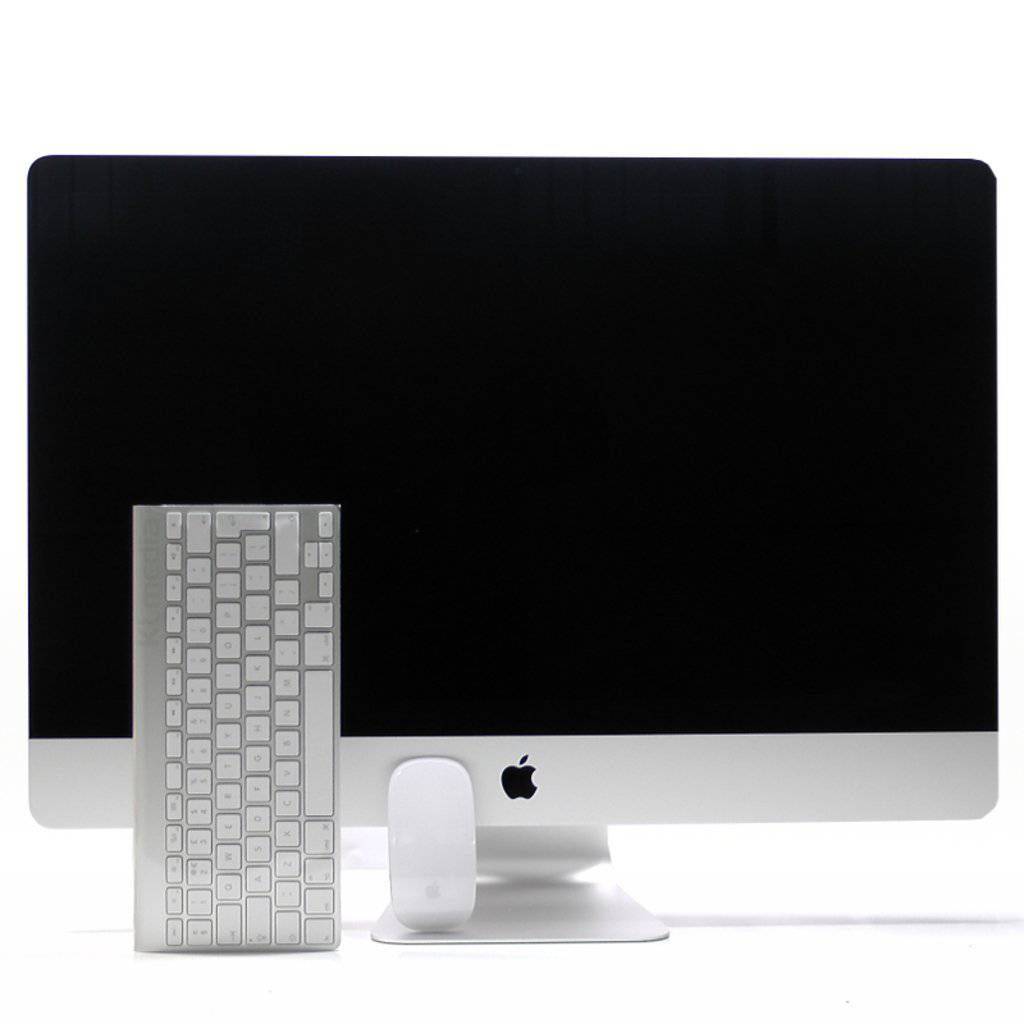Creating a bootable USB stick with Apple Mac OS X, also for downgrades
Today I'm going to describe how you can create a bootable USB stick for emergencies or for upgrading or downgrading an existing Mac OS X operating system.
Contrary to some statements you might find online, it is currently possible to downgrade the operating system, meaning you can install an earlier operating system.
If your iMac , MacBook Pro or Mac Mini / Pro has a release date of 2013 and the first devices came with, for example, OS X Mavericks 10.9, you can downgrade the device back to this operating system if it has been updated.
It is not possible to install an operating system that was released before the release date of your device.
Here are some release dates for Apple operating systems:
Mac OS X Snow Leopard 10.6 - 08/28/2009
Mac OS X Lion 10.7 - 11/20/2011
Mac OS X Mountain Lion 10.8 - 11/25/2012
Mac OS X Mavericks 10.9 - 10/22/2013
Mac OS X Yosemite 10.10 - 10/16/2014
Mac OS X El Capitan 10.11 - 09/30/2015
Mac OS X Sierra 10.12 - 09/20/2016
Mac OS X High Sierra 10.13 - 09/25/2017
Mac OS X Mojave 10.14 - 09/24/2018
Mac OS X Catalina 10.15 - 10/07/2019
Mac OS X Big Sur 11.0 - 11/12/2020
Mac OS X Monterey 12.0 - 10/25/2021
Mac OS Ventura 13.0 - 10/24/2022
Mac OS Sonoma 14.0 - 09/26/2023
To create a bootable stick, there are two options:
1. The integrated Apple tool that is started via the Terminal.
2. Free software such as DiskMaker for Mac OS X.
Creating the USB stick
First, we need the image for the operating system, which is a file containing the software.
I would always recommend using images directly from Apple, as other sites may have malware integrated.
Here are some images for the operating systems directly from Apple:
High Sierra: https://apps.apple.com/us/app/macos-high-sierra/id...
Mojave: https://apps.apple.com/us/app/macos-mojave/id13985...
Catalina: https://apps.apple.com/us/app/macos-catalina/id146...
Big Sur: https://apps.apple.com/us/app/macos-big-sur/id1526878132/
Monterey: https://apps.apple.com/us/app/macos-monterey/id1576738294?mt=12
Ventura: https://apps.apple.com/app/macos-ventura/id1638787999?mt=12
Sonoma: https://apps.apple.com/us/app/macos-sonoma/id6450717509?mt=12
Only download the needed image but do not install it. Once the download is complete, the stick can be created.
To create a stick, you will need an 8GB USB stick for older operating systems up to Mojave. For Catalina, a larger stick of 16GB is required.
First, the stick must be erased.
Open Disk Utility (click the magnifying glass in the top right, search for Disk Utility, and select it).
In Disk Utility, select the stick and erase it, giving it a name (Mac OS Extended /Guide Partition Table).
I will name the stick "empty" here.
Once the stick is erased, close Disk Utility.
If you are creating the stick using software like Diskimage, you can skip the following steps and simply start your software.
This description refers to the integrated Apple tool for creating a boot stick.
Open Terminal (click the magnifying glass in the top right, search for Terminal, and confirm).
Here are the Terminal commands for the different operating systems:
Sonoma:
sudo /Applications/Install\ macOS\ Sonoma.app/Contents/Resources/createinstallmedia --volume /Volumes/empty
Ventura:
sudo /Applications/Install\ macOS\ Ventura.app/Contents/Resources/createinstallmedia --volume /Volumes/empty
Monterey:
sudo /Applications/Install\ macOS\ Monterey.app/Contents/Resources/createinstallmedia --volume /Volumes/ empty
Big Sur:
sudo /Applications/Install\ macOS\ Big\ Sur.app/Contents/Resources/createinstallmedia --volume /Volumes/ empty
Catalina :
sudo /Applications/Install\ macOS\ Catalina.app/Contents/Resources/createinstallmedia --volume /Volumes/empty
Mojave :
sudo /Applications/Install\ macOS\ mojave.app/Contents/Resources/createinstallmedia --volume /Volumes/empty
High Sierra :
sudo /Applications/Install\ macOS\ High\ Sierra.app/Contents/Resources/createinstallmedia --volume /Volumes/empty
Sierra:
sudo /Applications/Install\ macOS\ Sierra.app/Contents/Resources/createinstallmedia --volume /Volumes/empty
El Capitan :
sudo /Applications/Install\ macOS\ El\ Capitan.app/Contents/Resources/createinstallmedia --volume /Volumes/empty
The command can simply be copied and pasted into Terminal. If you also named your stick empty "empty", you only need to press the Enter key. If you named your stick something else, replace empty with the name you gave it.
Now you need to enter your administrator password, which you use in Mac OS X, to confirm and then press the Y key to confirm.
The stick will now be created. Terminal will notify you when the stick is ready.
Installation:
To install the operating system from the stick, it must logically be connected to the device. If the device is not yet turned off, turn it off.
To boot from the stick, press and hold the left ALT (Option) key while turning on the device until the stick appears on the display (Install Mac OS...).
Then select and start the stick.
Next, select the desired language.
If you want a complete reinstallation (clean install, without all your data) or a downgrade/older operating system, the hard drive must be erased first. For a simple update, if you want to keep your data, this is not necessary . Here you can directly go to install macOS and confirm the further steps.
Description of downgrade/clean install (Note: all data will be erased)
Select Disk Utility from the menu.
In Disk Utility, click "View" in the top left and set it to "Show All Devices" .
Select the hard drive/SSD - not the partitions!
Then click Erase and give the hard drive a name. Confirm the process.
Once the hard drive is erased, close Disk Utility.
Now the operating system can be reinstalled. Go to "install macOS" and continue.
Confirm all further steps with continue and select the hard drive where the operating system should be installed.
Finally, confirm the installation.
Here is a direct description from Apple, in case anything is unclear:
https://support.apple.com/en-us/HT201372
Attention, very important! Always connect the device to a power supply during installation. Always wait for the installation to complete. For some operating systems like High Sierra, Mojave, or Catalina, the firmware will also be reinstalled. The screen may go completely black for several seconds or even minutes, leading to the mistaken belief that the installation has failed, causing the user to turn off or restart the device. Do not turn off or restart the device under any circumstances, or the firmware may be damaged and the device will no longer start. If your screen goes black, wait at least 30 minutes before taking any action.
Attention, we accept no liability for any errors that may occur! You act at your own risk, so installations should only be carried out by experienced users.

















Share:
Buy used refurbished - Advantages - the good advice!
SMC Reset MacBook Pro Air iMac Mini